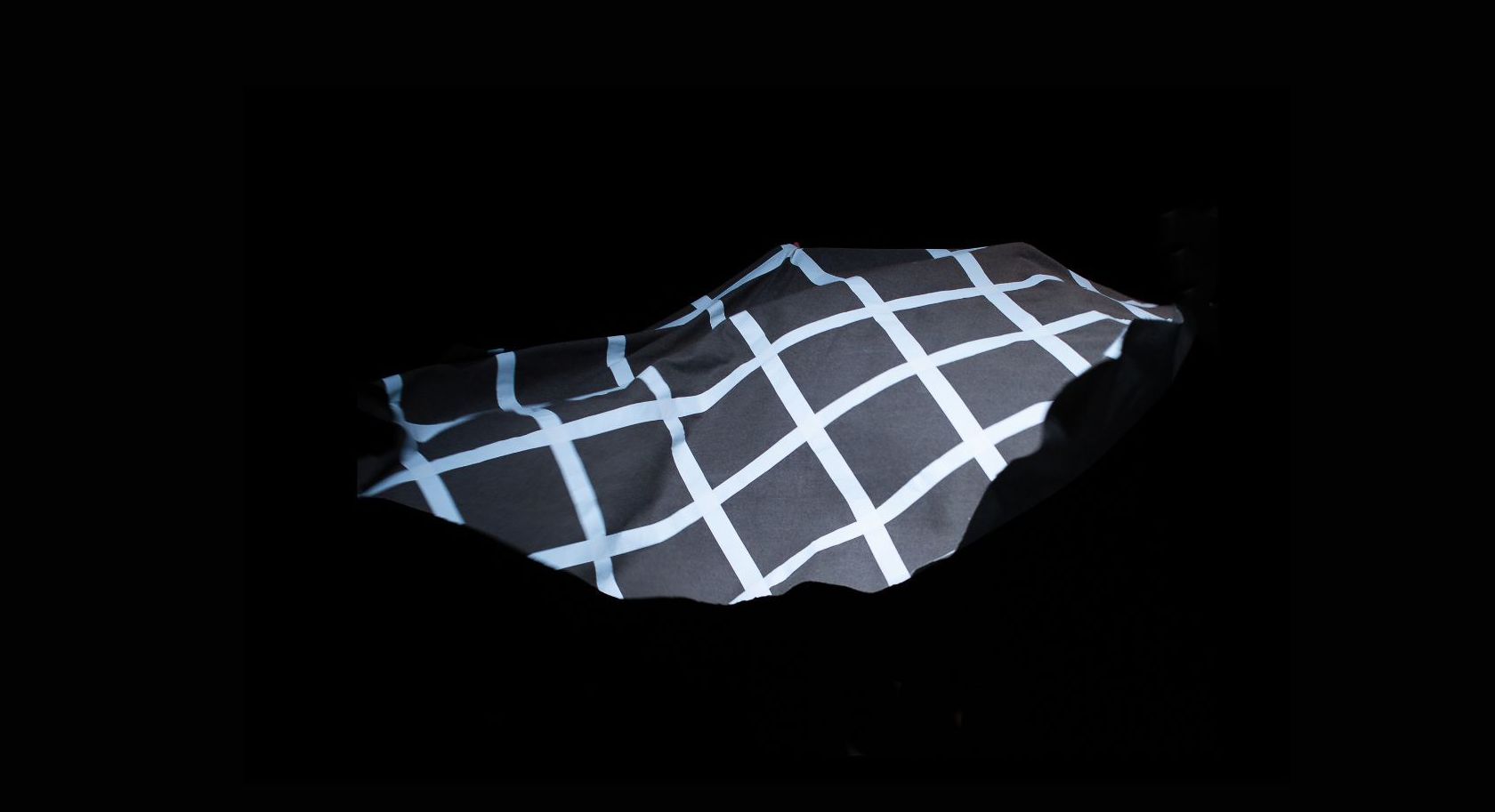It is offered as a collective learning space that is based on three fundamental axes:
research, experimentation and technique.

© Alípio Padilha / SEE THAT MY GRAVE IS KEPT CLEAN de Adaline Anobile
Physically, light is not a state of matter but a form of energy. Light doesn't occupy space, doesn't have mass or volume; instead, it is electromagnetic radiation. However, in our artistic and scenic practice, light is not just a field but also matter: matter for work, matter for discussion, perceivable matter, a particular subject that triggers language and imagination. It is a body of ideas and practices, a body that occupies the spaces left by other bodies, connecting them. Light is inherently a relational matter. Working with light means materializing relationships of time and space. Gestures that make a radiance, a detail, a rhythm, an organization, an
architecture, a landscape, all present.
Light creates place. It defines a territory and imparts specific duration and quality. It organizes the scenic space and enables a situation, much like a lit candle in the center of a table while we talk. In the realm of performing arts, it serves as a channel of visibility and sensitivity, influencing the distribution of attention and the dramaturgy that unfolds in the interplay of space and time.
Light can also create a space of one's own. A workspace that we can individually and/or collectively appropriate, a zone for creation, research, autonomy, and agency. Having a space of one's own is the minimal unit for being able to act; it is from this space that we experience a sense of belonging and capability.
light matter presents itself as both a learning program and a study and work group. We will strive to discover a space of one's own, both individually and collectively, within stage lighting, and from within, question it.
It is a space for sharing tools that enable us to take ownership of the discipline, while also seeking ways to become attuned to the practice and the context in which we find ourselves.
It also arises from my professional experience as a lighting designer in the realms of dance and performance, particularly in the face of the difficulty in finding peers with whom to share a non-hegemonic perspective on the practice, viewpoints that resonate with me and lead me to unfamiliar positions. This desire is also born from listening to the efforts of colleagues, performers, and choreographers who are striving to form working teams from transfeminist perspectives. I believe that we must collectively address the widely prevalent narratives of hostility in workspaces, often laden with sexism and structural social prejudice.
lm also serves as a space for collective reflection on access to professional artistic practice. It aims to examine how work systems articulate and distribute dimensions not only related to gender but also to class, ableism, and race.
While not aiming to provide a definitive solution to any of these issues that concern society as a whole, our goal is to shape a critical and ethical artistic practice. I believe that claiming a space also entails crafting a new one that is fairer, more considerate, spacious, attentive, and kind.
Leticia Skrycky

